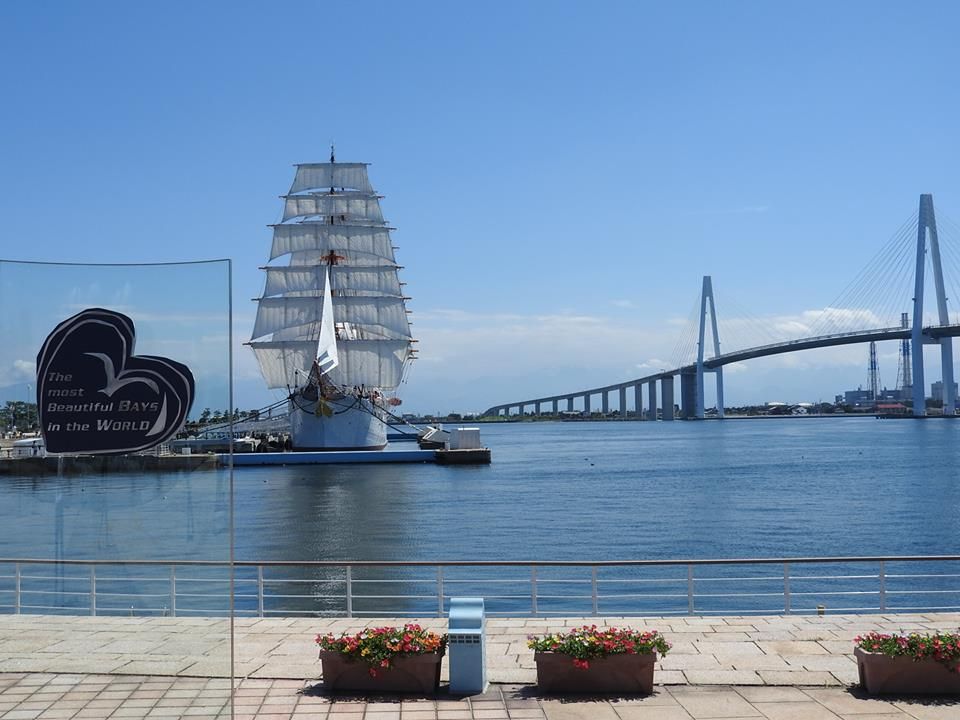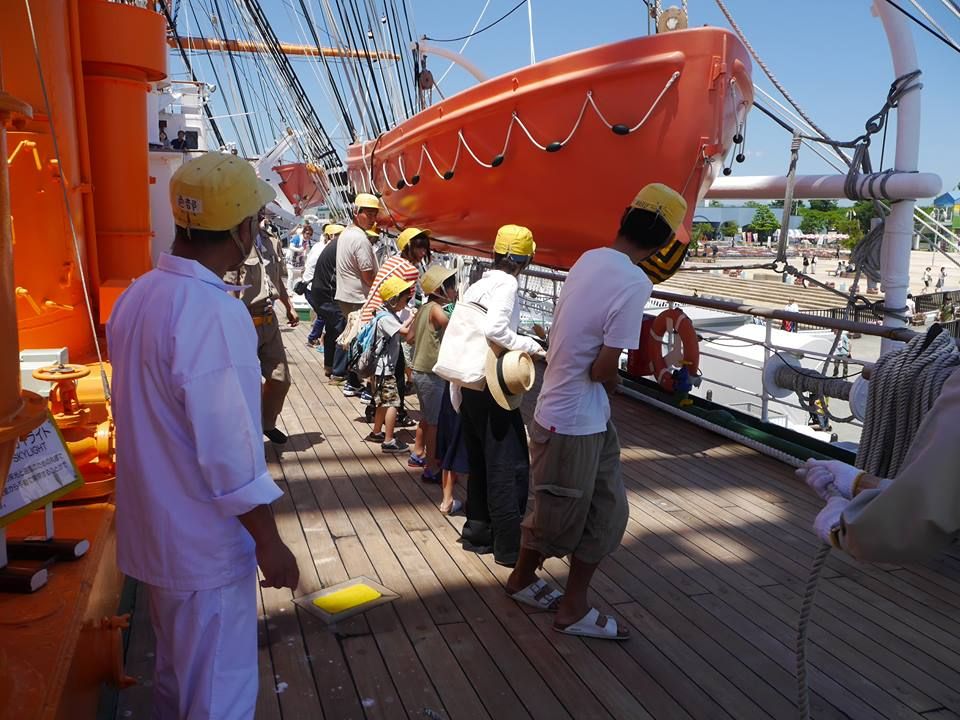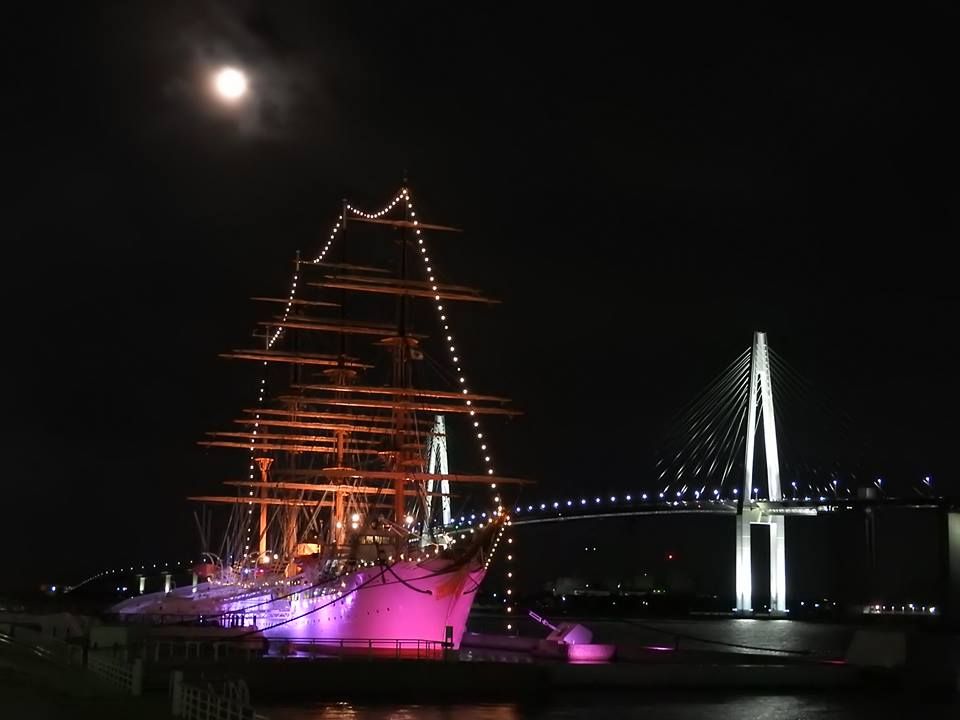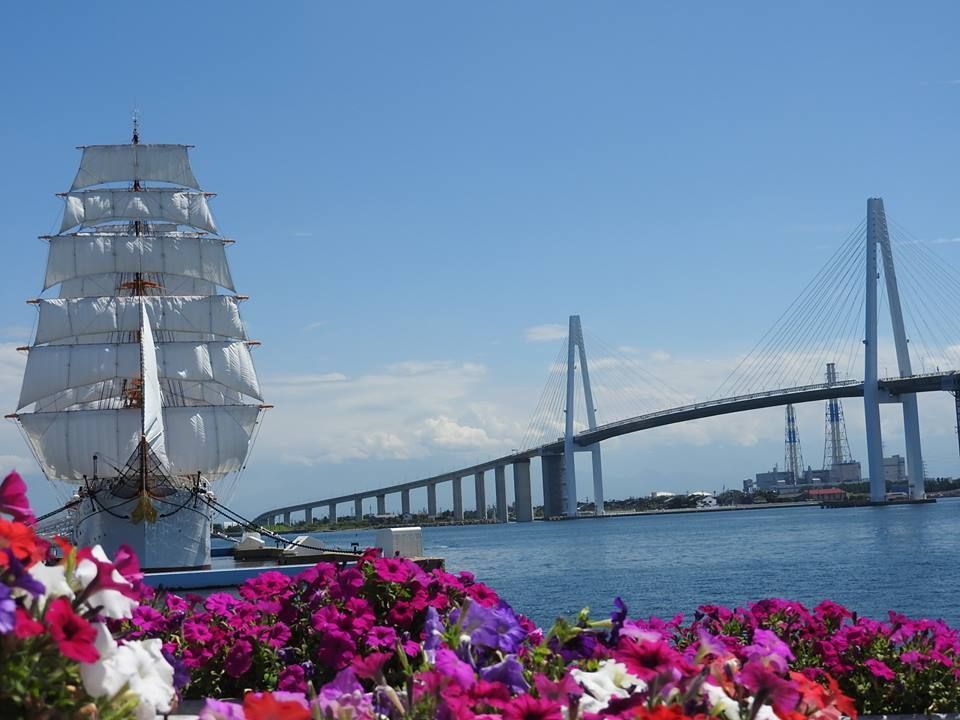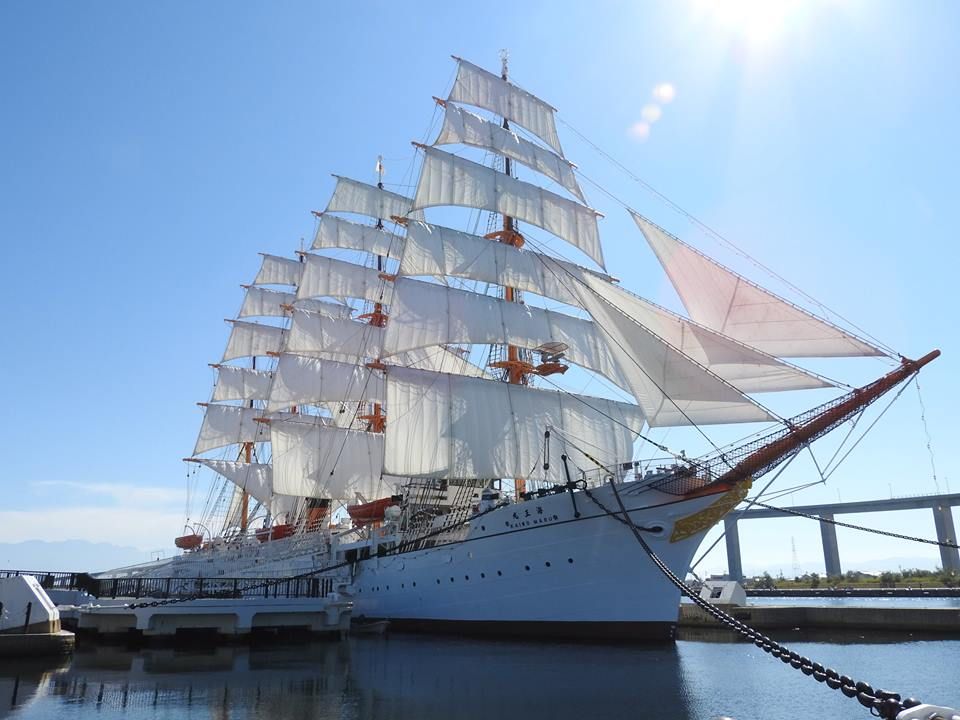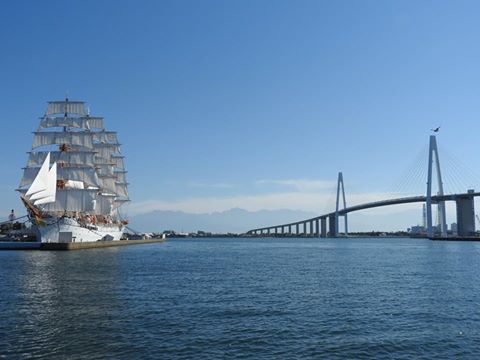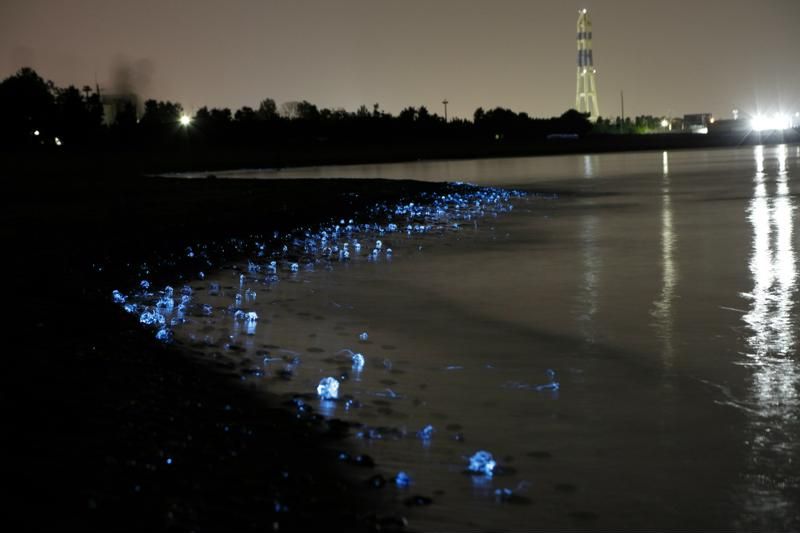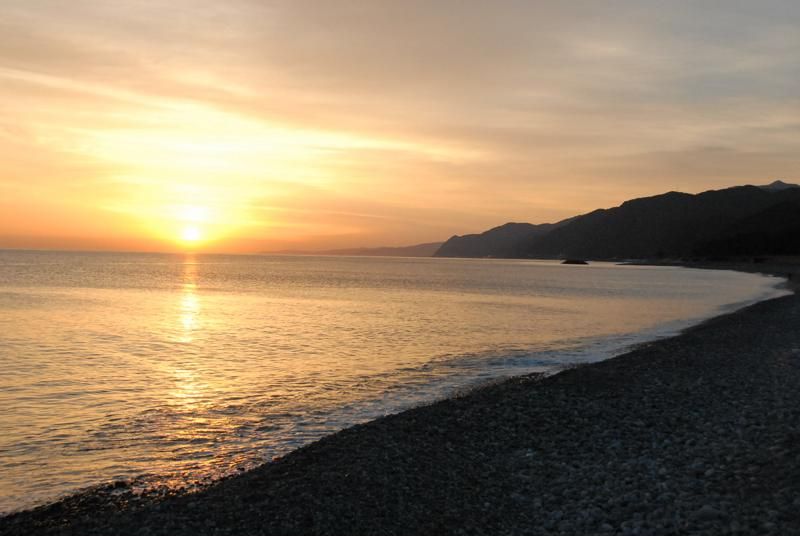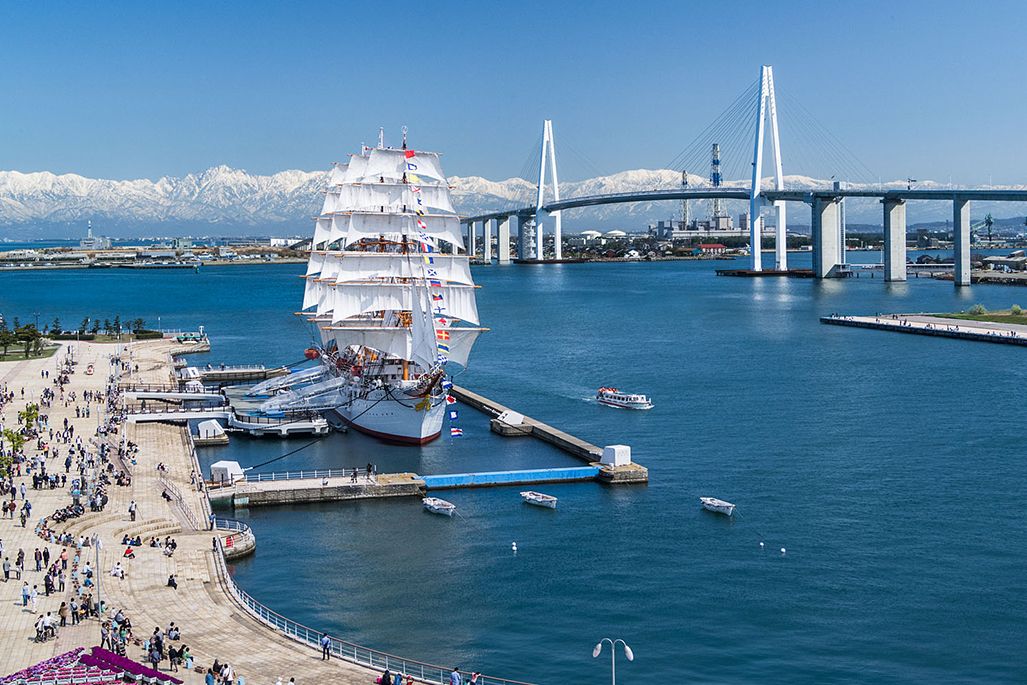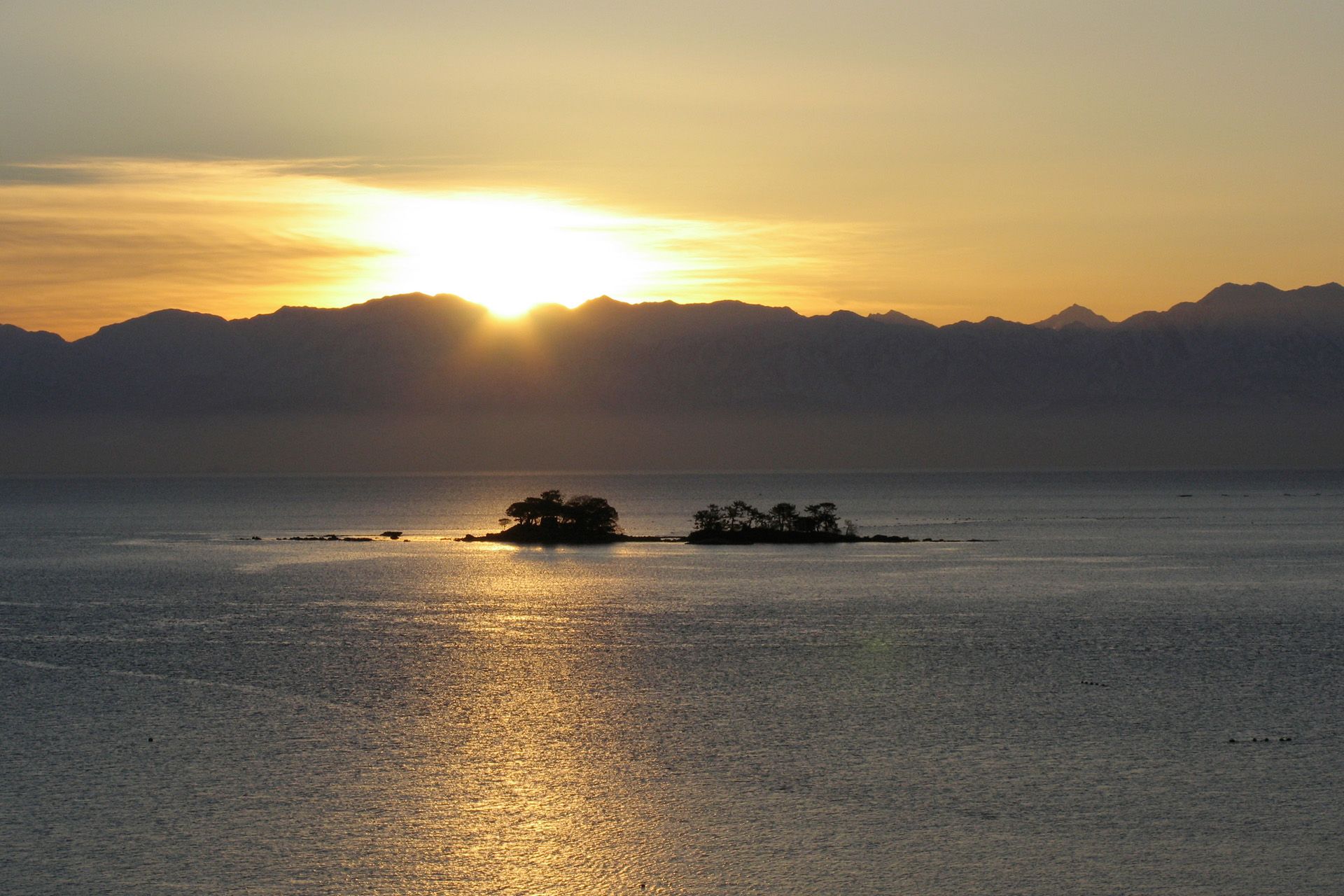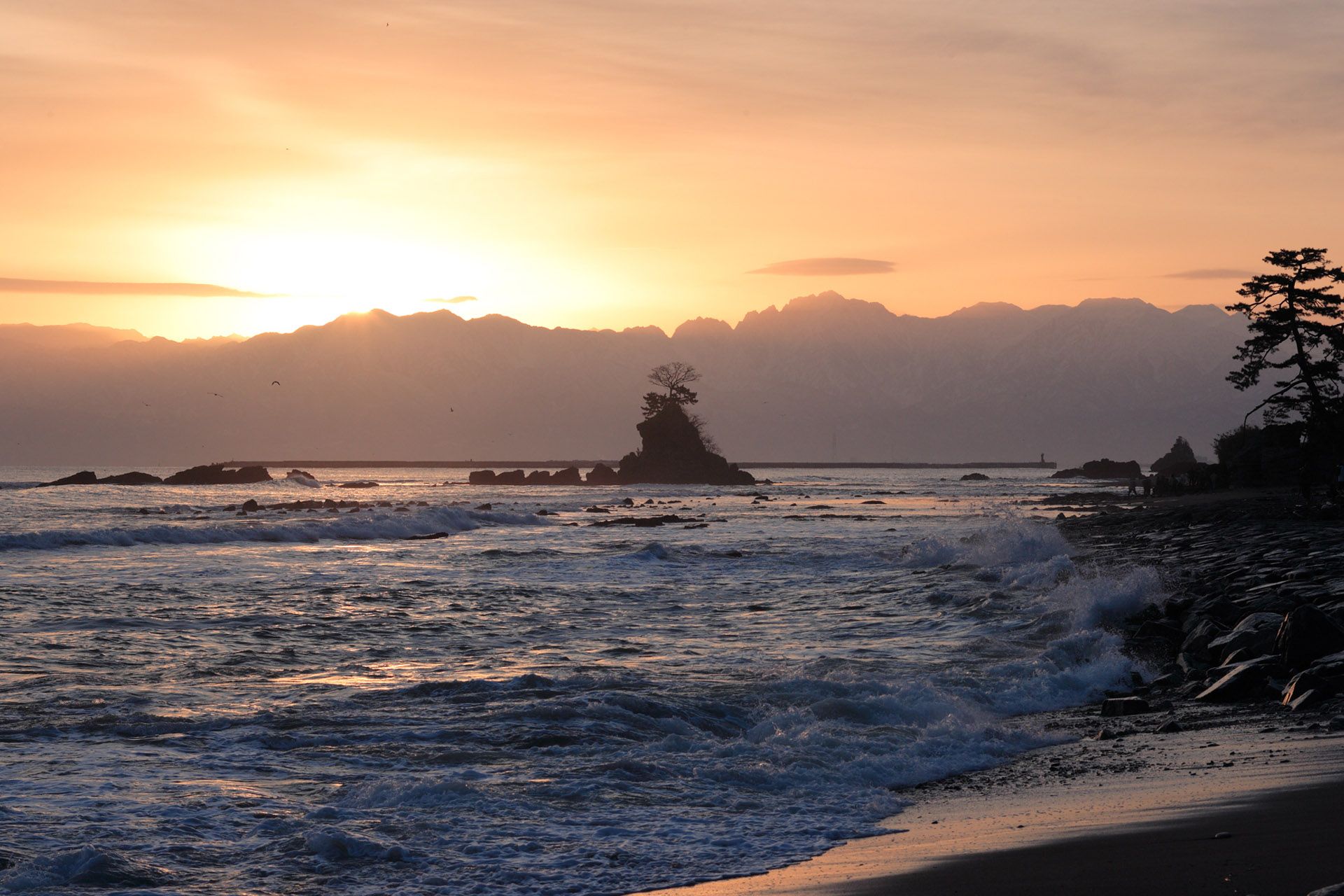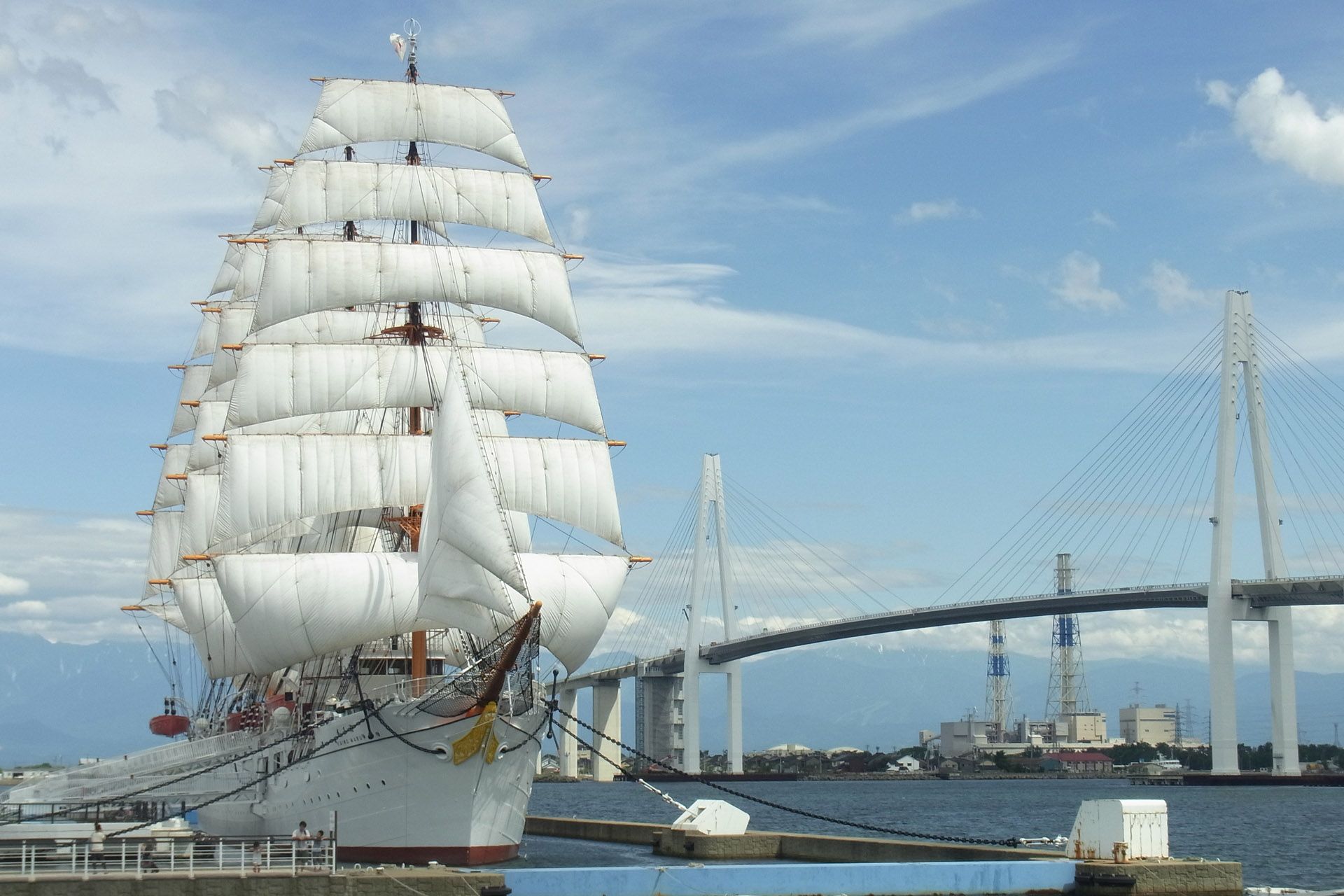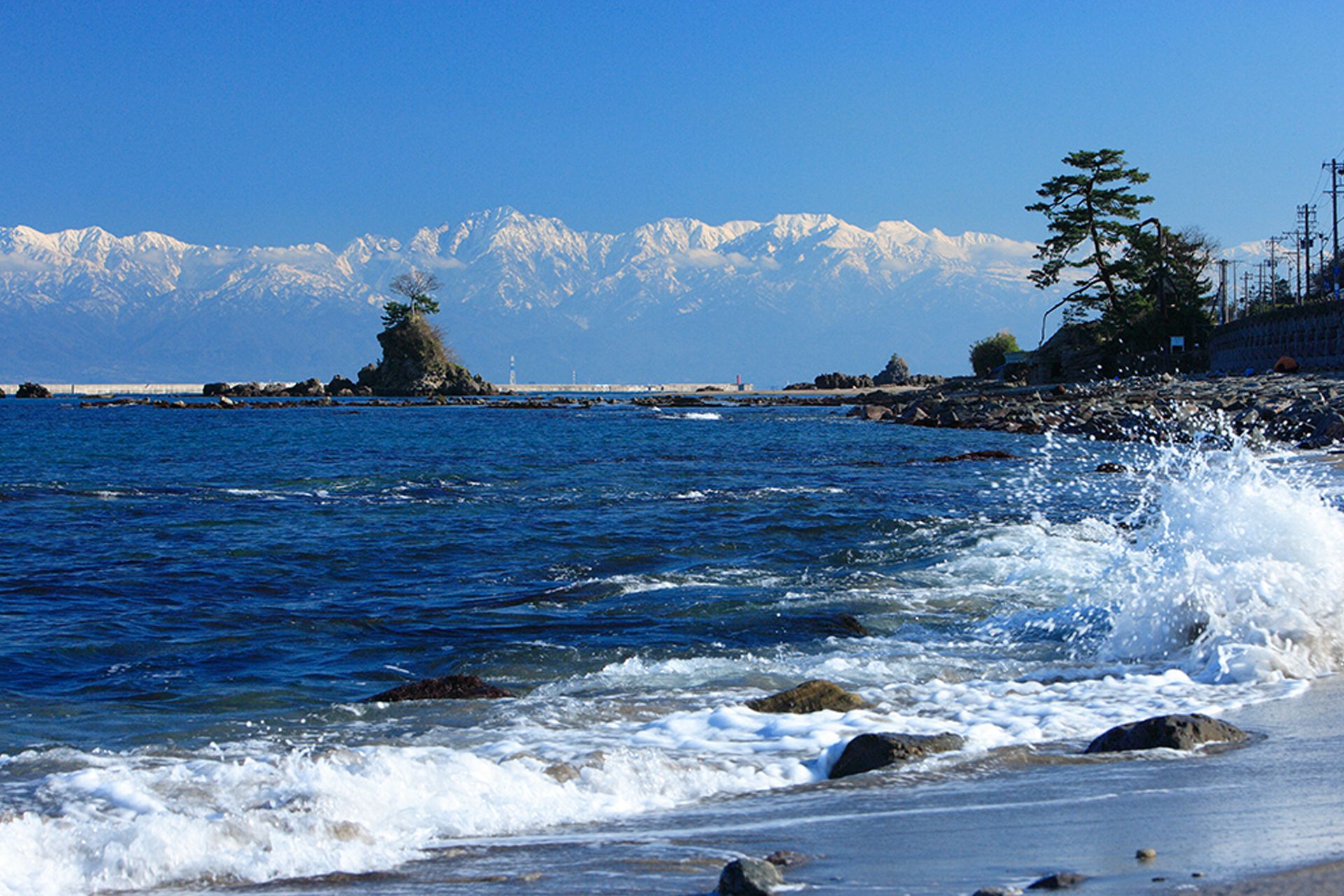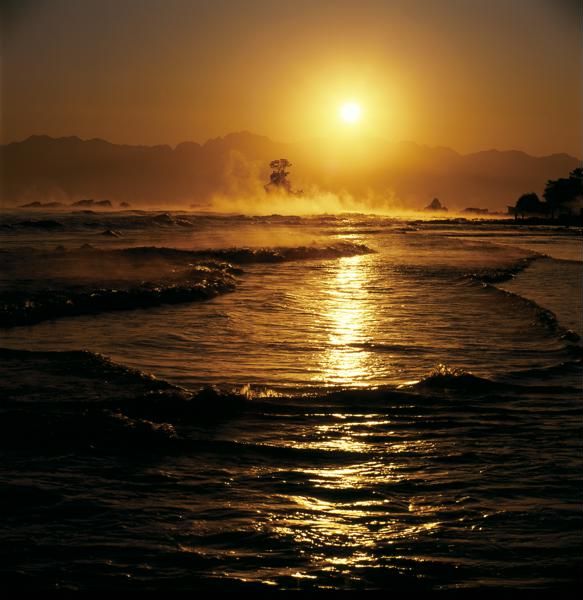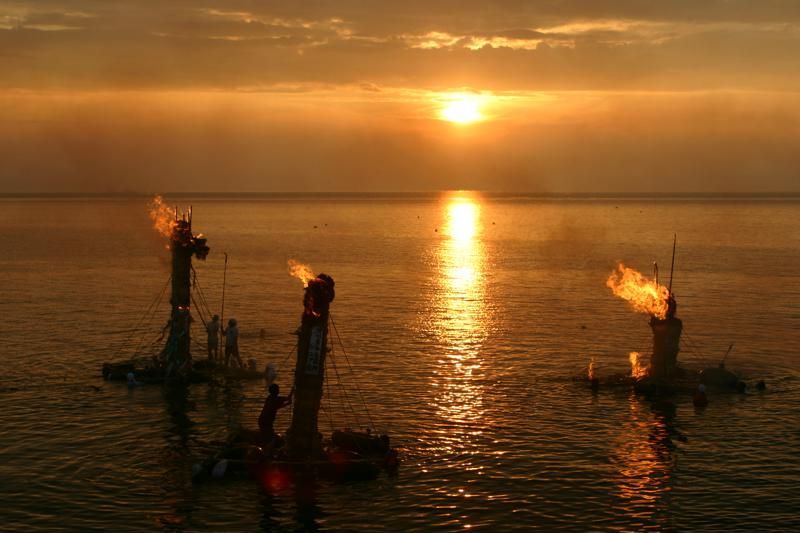
Toyama Bay
Japan
See the map
General Information
about Toyama Bay
Located in Japan and with a magnificent view of the 3,000-meter Tateyama mountain range over the sea, the Toyama Bay area has long been cherished for its picturesque scenery, even appearing in Japan’s oldest collection of poetry.
Mirages, sea smoke, and groups of bioluminescent firefly along the beach are only a few of the mysterious phenomena that you can discover here. Underneath the waters, there is also a 10,000-year-old sunken forest that has been preserved from decaying by the large volume of fresh water that flows up from the bay floor.
The bay becomes deep very close to shore, over 1,200 meters at its deepest point where an underwater valleyis carved into the ocean floor. The bay is made of up 3 distinct layers of water; near the shore is river-fed water rich in plankton, and there is a surface current of warm water to a depth of 300 meters, above another layer of deep-sea water which stays at about 2℃ year round. The diverse environment fosters bountiful marine resources and a rich variety of over 500 species of fish, leading to the bay’s nickname, the “natural fish tank.”
With a hard-working, skilled labour force, plentiful water and electricity, well-developed infrastructure, and a tradition of craftsmanship, Toyama is one of the top centres for production and manufacturing on the Sea of Japan coast. Toyama is known around the world as a capital for the pharmaceutical industry and is aiming to continue developing as a top manufacturing prefecture by promoting the research and development of new products and technology through partnerships between business, academia and government.
The Port of Fushiki Toyama is one of only two ports on the Sea of Japan coast to be designated as an international hub port. It serves as a trade centre for the import and export of raw materials, fuels, and manufactured goods. In 2011, it was designated as a comprehensive hub port for handling international shipping containers, ferries & RORO ships, as well as cruise ships.With efforts underway to invite larger passenger cruises and establish more regular international container routes, continued development of the port is expected.
Située au Japon et offrant une vue magnifique sur la chaîne montagneuse de Tateyama, à plus de 3000 mètres d’altitude, la région de la baie de Toyama est depuis longtemps appréciée pour son paysage pittoresque, citée dans la plus ancienne collection de poésie du Japon.
Les mirages qui se forment à l’horizon, la fumée de mer et les rassemblements de calmars lucioles, des calmars bioluminescents, le long de la plage ne sont que quelques-uns des phénomènes mystérieux que vous pouvez découvrir ici. Sous les eaux, il y a aussi une forêt submergée de 10 000 ans, protégée de la putréfaction par le grand cours d’eau douce qui se lève du fond de la baie.
La baie s’approfondit tout près du rivage. La profondeur atteint 1 200 m, là où une vallée sous-marine est creusée au fond de l’océan.La baie est composée de 3 couches d’eau distinctes. Près du rivage, une eau riche en plancton est alimentée par les rivières. Un courant de surface d’eau chaude, atteignant une profondeur de 300 mètres, coule au-dessus d’une autre couche d’eau profonde, dont la température est de 2º C toute l’année.La diversité de l’environnement favorise les abondantes ressources marines et une riche variété de plus de 500 espèces de poissons, d’où ’le surnom de la baie, « “le vivier naturel ».”
Une main-d’œuvre travailleuse et hautement qualifiée, beaucoup d’eau et d’électricité, une infrastructure bien développée et une tradition artisanale font de Toyama l’un des principaux centres de production et de fabrication sur la côte de la mer du Japon. Toyama est connue dans le monde entier comme la capitale de l’industrie pharmaceutique, misant sur son développement en tant que préfecture liée à la fabrication. Son industrie investit dans la promotion et le développement de nouveaux produits et technologies grâce à des partenariats conclus entre des entreprises, des universités et le gouvernement.
Le port de Fushiki Toyama est l’un des deux seuls ports de la mer du Japon à être désigné comme pôle portuaire international.Il sert de centre de commerce pour l’importation et l’exportation de matières premières, de carburants et de produits manufacturés. En 2011, il a été désigné comme pôle portuaire pour la manutention de conteneurs maritimes internationaux, de ferries et de navires rouliers, ainsi que de navires de croisières.Le développement continu du port est prévu afin d’attirer plus de navires de croisière et établir des routes maritimes de conteneurs plus régulières.
Local Partners: http://foreign.info-toyama.com/en/tokushu/toyama-bay
Natural Environment
Coastline
--
Climate
Mild, with distinct seasons
Temperatures
Annual average :
Annual amplitude :
Rainfall
Annual: 2699.5mm. Spread: June and July has high precipitation due to the rainy season, and January has a lot of snowfall
Biogeographic Classification
Natural vegetation area: 30% (3rd in Japan)
Natural park area: 28% (5th in Japan). Abindant and clean water
Human Environment
Language
Japanese
Local Economy
Rice (Koshihikari), tulip bulbs, fixed-net fishing, manufacturing and pharmaceutical industries, technological research
Demography
Population :1.055.893 (as of October 1, 2017). Density: 248.6 (total arean 2.248 km2)
Human Development Index
--
Ecological Footprint
--
Heritage and Credentials
Natural Heritage
Remarkable natural phenomena and unmatched natural beauty: View of 3,000m high mountains over the sea, Mirage that causes ships and buildings on opposite shore to appear upside down. Outstanding examples of important geographical features that represent earth's history: Uozu Burried forrest and Nyuzen Submerged forrest (10,000 years old, 20m-40m under the water). Important natural habitat for biodiversity conversation: Firefly squid surfacing area
Cultural Heritage
Rare material evidence of cultural tradition passed down: Fixed-net fishing
Tatemon lantern floats in Uozu (designated as an important intangible folk cultural property) torch floating in Namerikawa (designated as an important intangible folk cultural property)
Coastal Management
--
Criteria retained by the club
--
Latest news
about Toyama Bay
